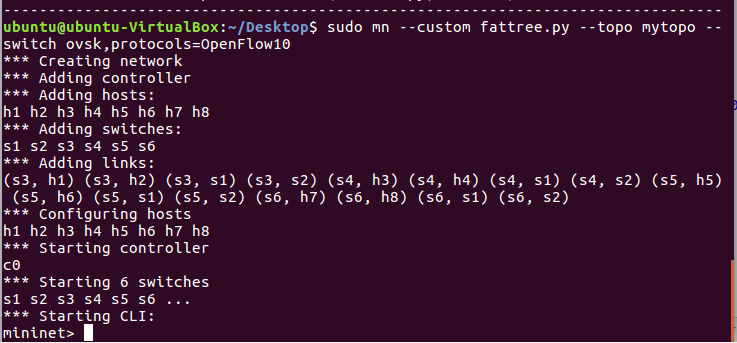1.安装轻量级网络仿真工具Mininet
通过拷贝老师提供的虚拟镜像直接导入,完成Mininet的安装
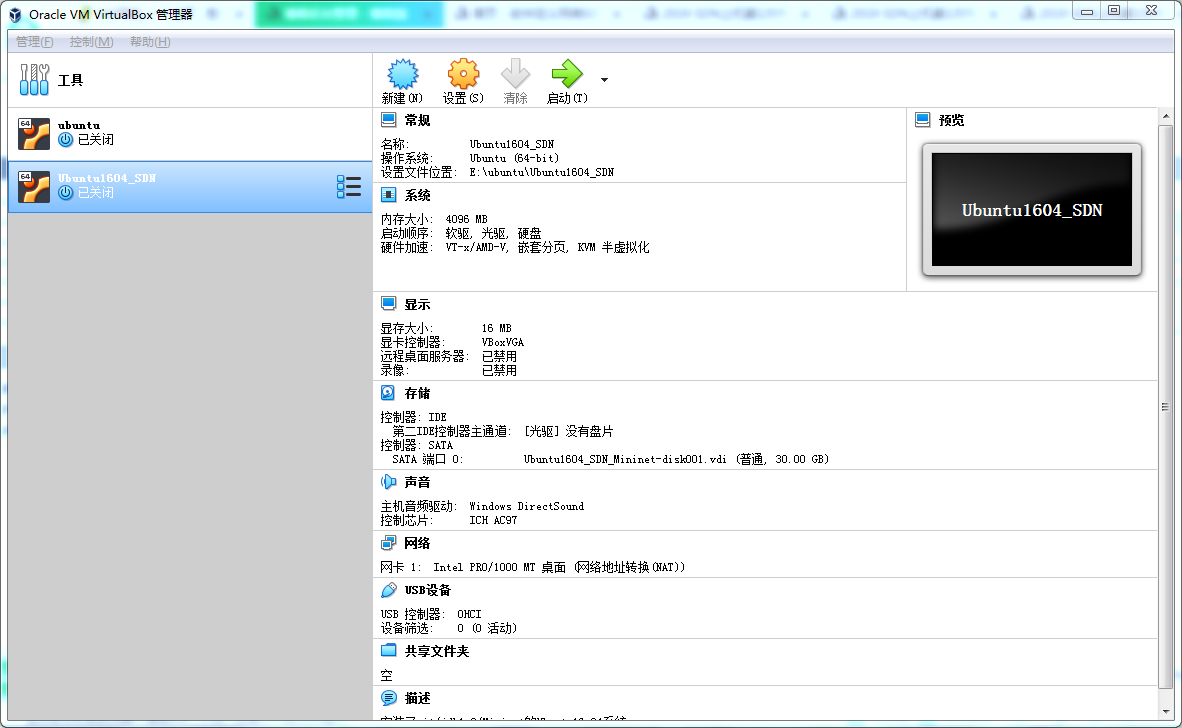
查看Mininet版本
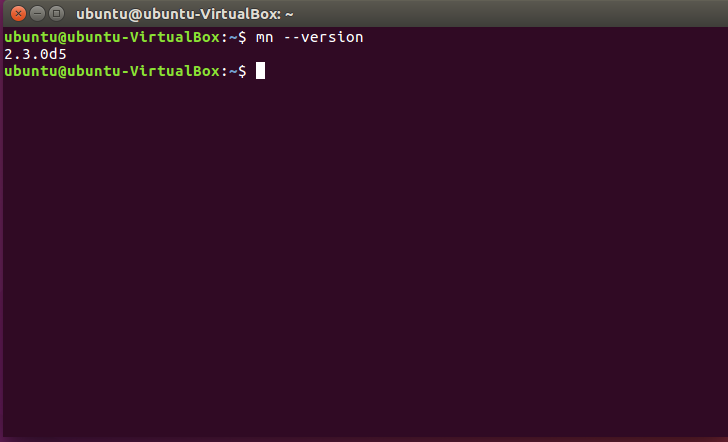
2.用字符命令搭建如下拓扑,要求写出命令
(1)第一个拓扑是三台主机分别连接交换机,然后三台交换机连接在一起,是一个线性拓扑结构。

sudo mn --topo linear,3
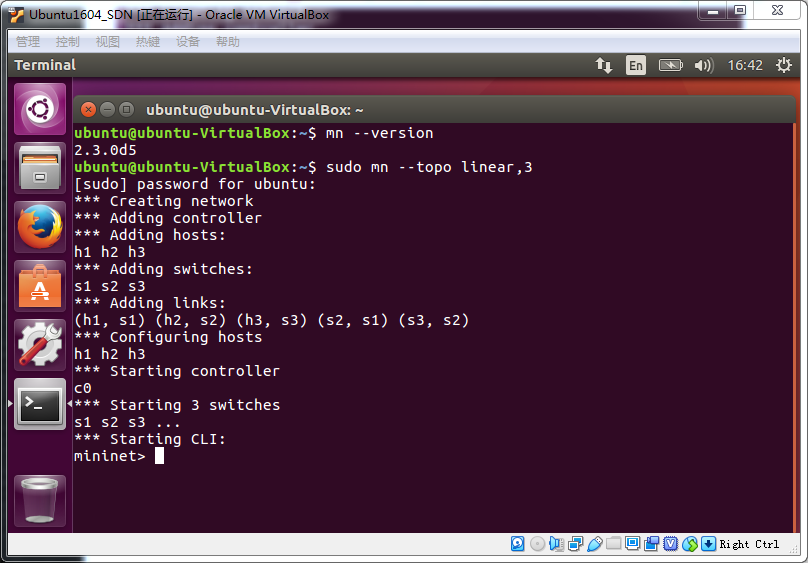
通过net展示所有网络信息

(2)第二个拓扑是一个交换机连接三个交换机,每台交换机连接三个主机,是一个深度为2、扇出为3的树形拓扑结构。
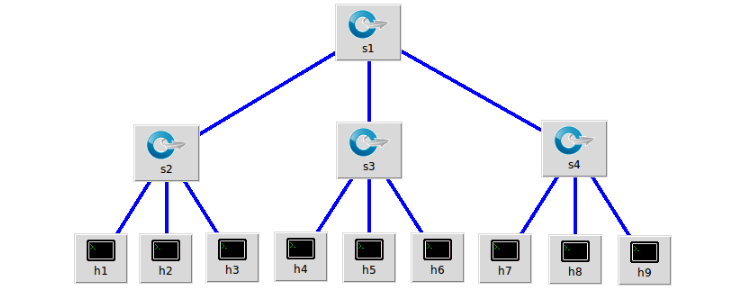
sudo mn --topo tree, fanout=3,depth=2
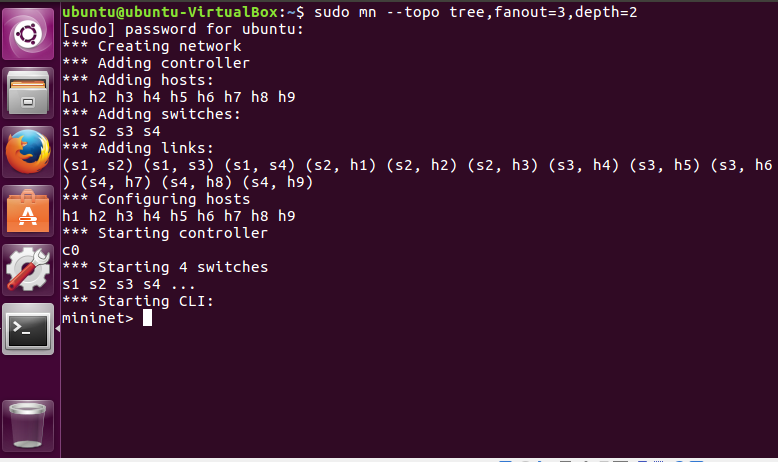
通过net展示所有网络信息
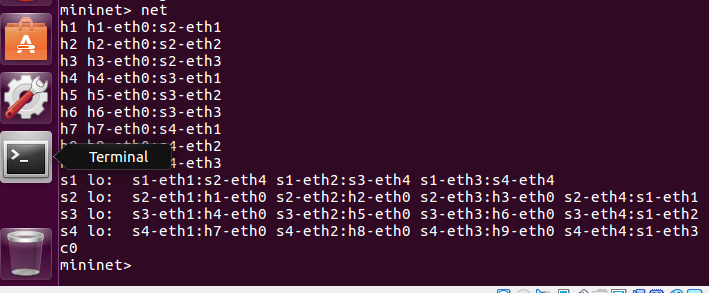
3. 利用可视化工具搭建如下拓扑,并要求支持OpenFlow 1.0 1.1 1.2 1.3,设置h1(10.0.0.10)、h2(10.0.0.11)、h3(10.0.0.12),拓扑搭建完成后使用命令验证主机ip,查看拓扑端口连接情况。
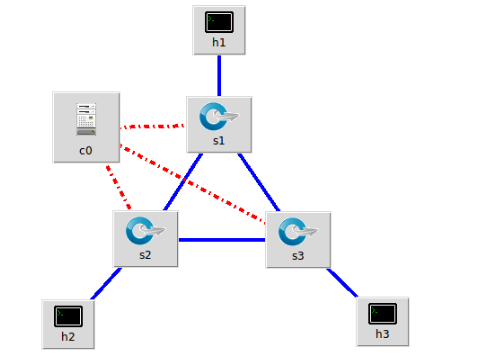
(1)打开miniedit.py

(2)添加组件建立拓扑,并设置属性
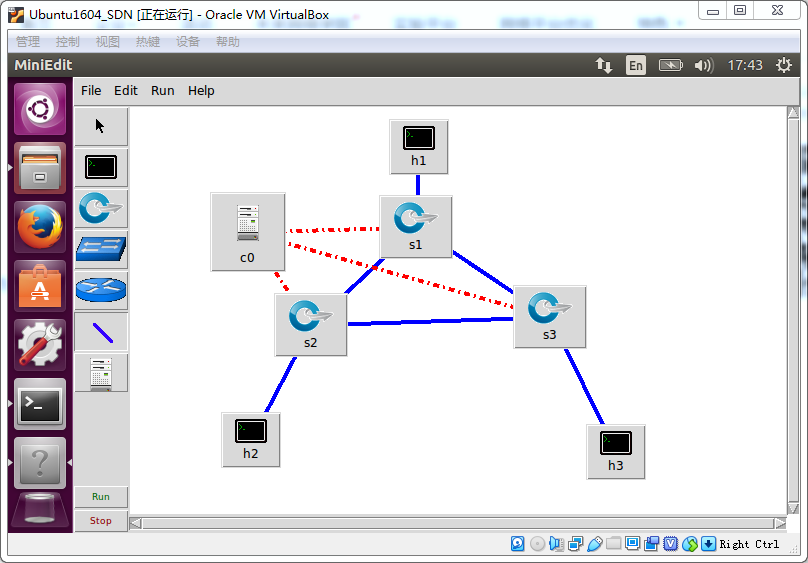


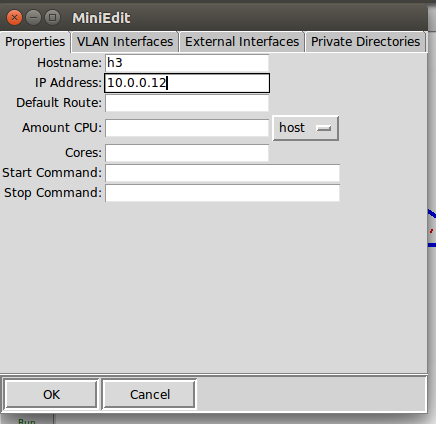


(3)命令执行信息
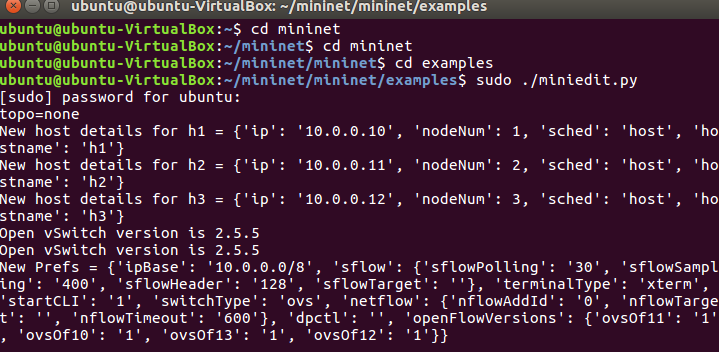
(4)点击左下角“run”按钮,启动mininet,运行设置好的网络拓扑
sudo ./miniedit.py
要加sudo 以管理员身份运行,否则会闪退
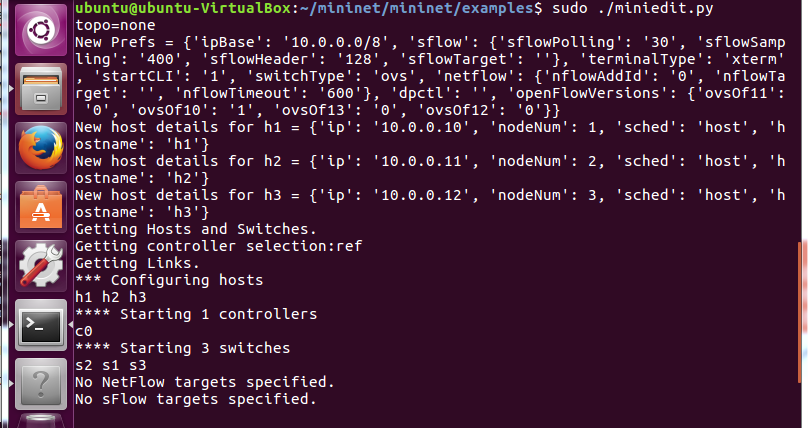
(5)用xterm验证主机IP

4.利用Python脚本完成如下图所示的一个Fat-tree型的拓扑(交换机和主机名需与图中一致,即s1s6,h1h8,并且链路正确,请给出Mininet相关截图)
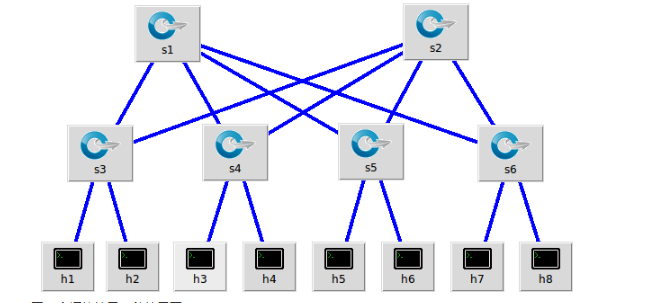
(1)python脚本
#!/usr/bin/python
#创建网络拓扑
"""Custom topology example
Adding the 'topos' dict with a key/value pair to generate our newly defined
topology enables one to pass in '--topo=mytopo' from the command line.
"""
from mininet.topo import Topo
from mininet.net import Mininet
from mininet.node import RemoteController,CPULimitedHost
from mininet.link import TCLink
from mininet.util import dumpNodeConnections
class MyTopo( Topo ):
"Simple topology example."
def __init__( self ):
"Create custom topo."
# Initialize topology
Topo.__init__( self )
L1 = 2
L2 = L1 * 2
s = []
# add core ovs
for i in range( L1 ):
sw = self.addSwitch( 's{}'.format( i + 1 ) )
s.append( sw )
# add aggregation ovs
for i in range( L2 ):
sw = self.addSwitch( 's{}'.format( L1 + i + 1 ) )
s.append( sw )
# add links between core and aggregation ovs
for i in range( L1 ):
sw1 = s[i]
for j in range(L1,L1+L2):
sw2=s[j]
# self.addLink(sw2, sw1, bw=10, delay='5ms', loss=10, max_queue_size=1000, use_htb=True)
self.addLink( sw2, sw1 )
#add hosts and its links with edge ovs
count = 1
for j in range(L1,L1+L2):
sw1=s[j]
for i in range(2):
host = self.addHost( 'h{}'.format( count ) )
self.addLink( sw1, host )
count += 1
topos = { 'mytopo': ( lambda: MyTopo() ) }
(2)命令行运行截图
